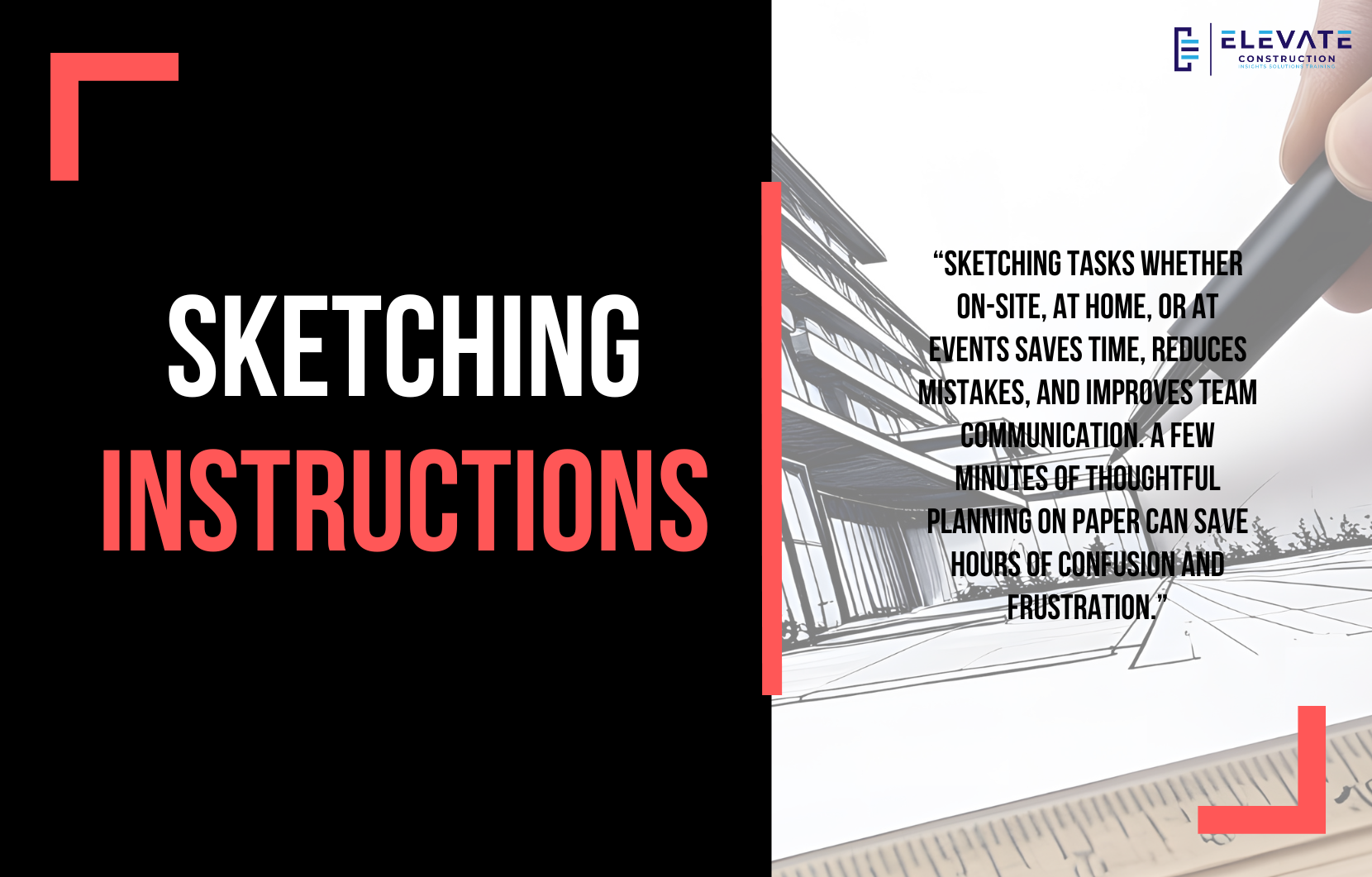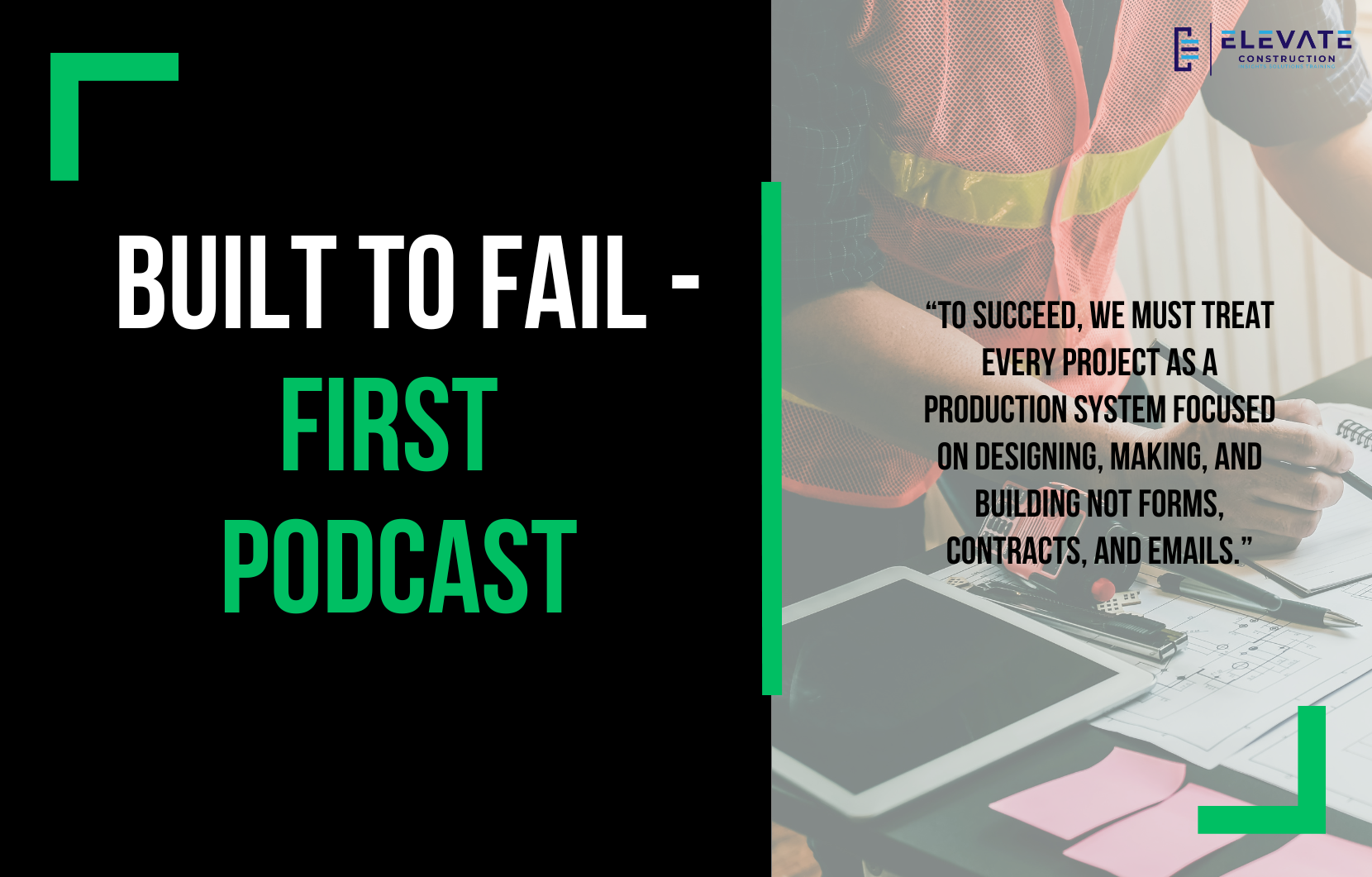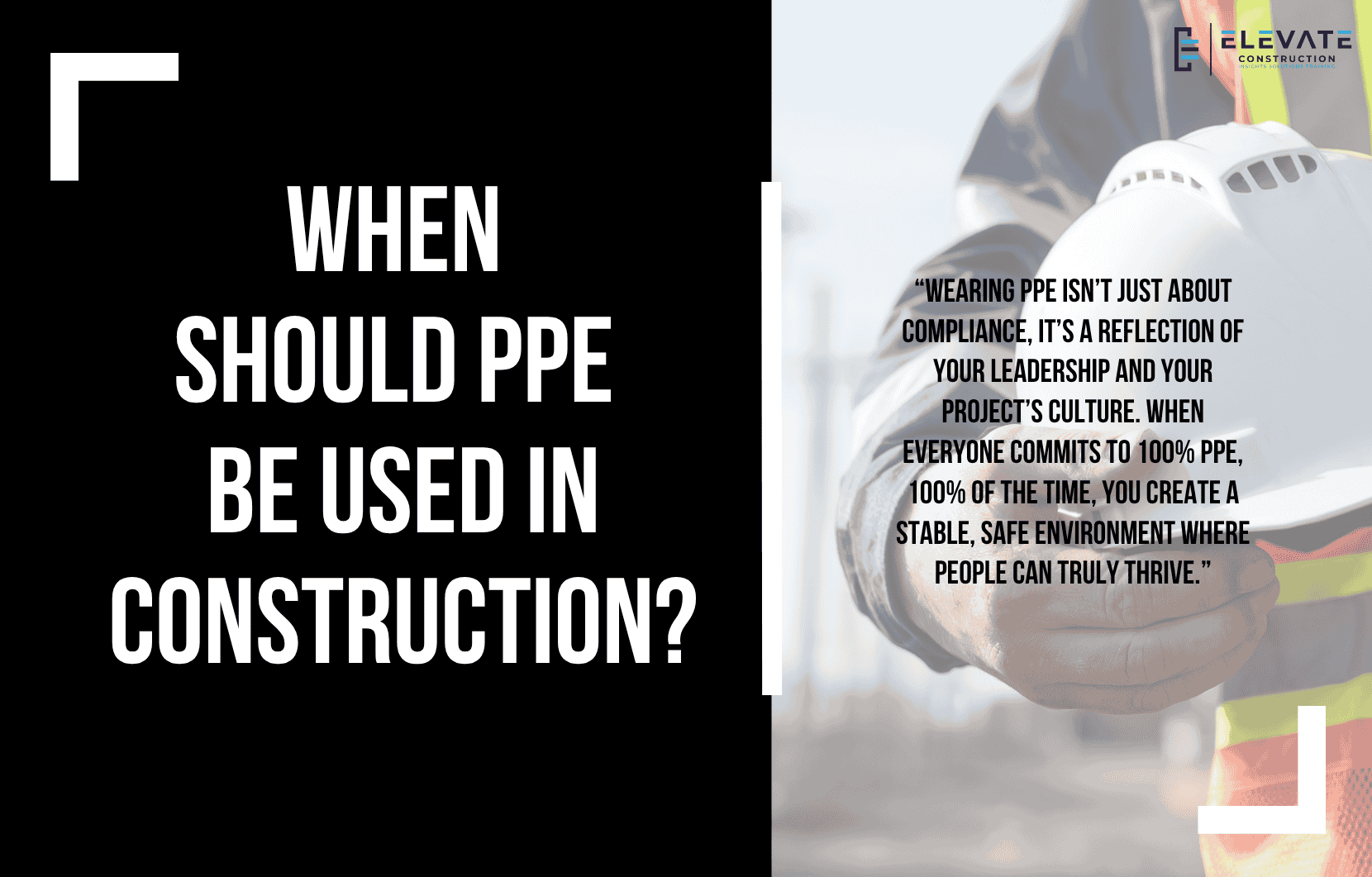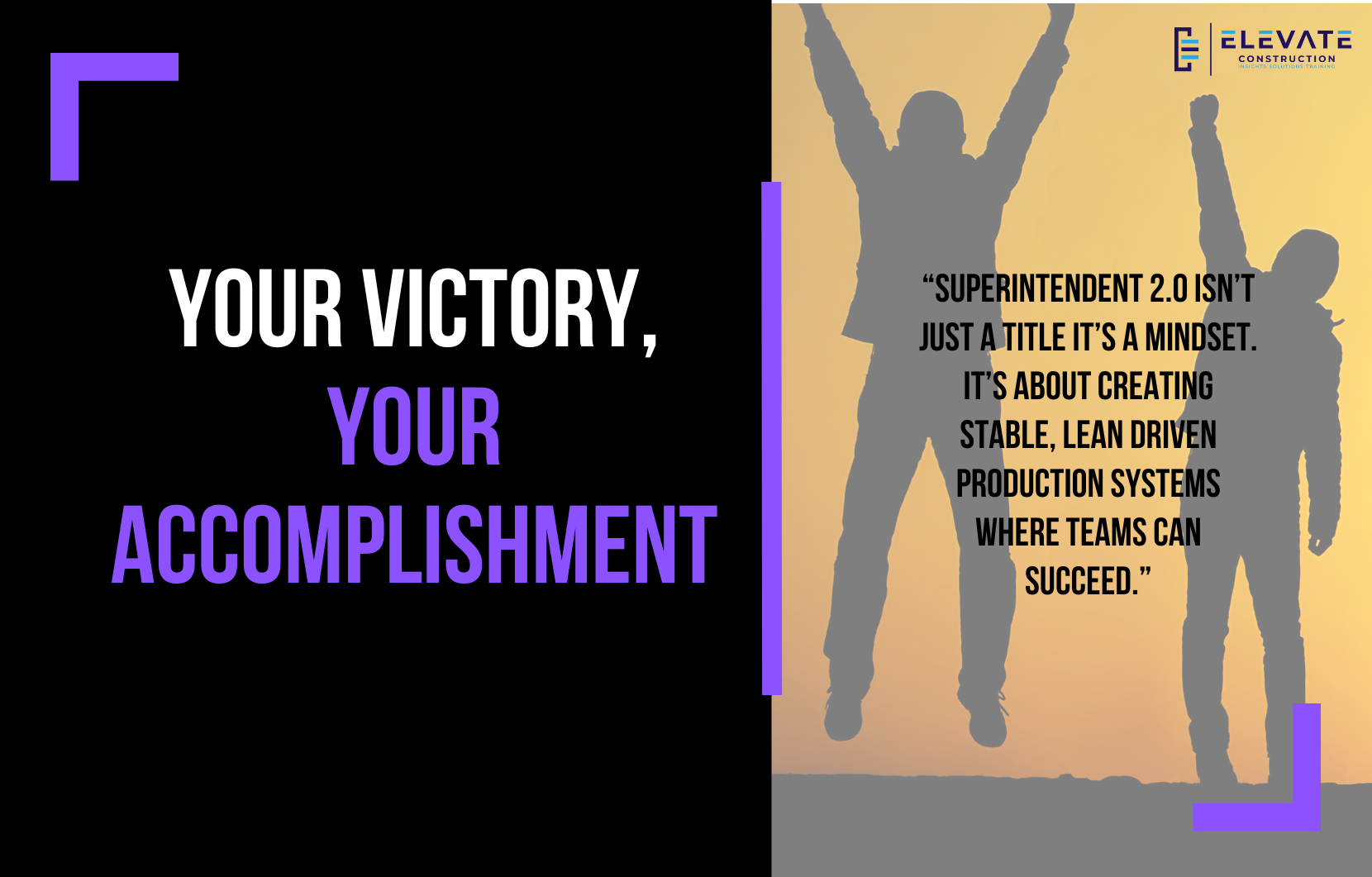How to Uncover Hidden Roadblocks From Your Trade Partners Before They Derail Your Project
In this blog, I want to share strategies for uncovering roadblocks from trade partners before they become project stopping problems. These are lessons I learned at Super PM Bootcamp and from years of working in the field.
The Trade Partner Weekly Tactical
One of the most powerful tools I’ve seen is the Trade Partner Weekly Tactical. Its main purpose is to look six weeks ahead and identify potential roadblocks. When working with trades, ask for every activity:
- Do you have the labor?
- Do you have the materials?
- Do you have the tools?
- Do you have the equipment?
- Do you have the permissions?
- Do you have the layout?
- Do you have the information?
The idea is simple: if any of these are missing, it’s a roadblock. Look ahead in your plan long term plans might be 40–60% accurate, but a six-week look-ahead should be 80–90% ready. Your weekly work plan should be 100% ready.
Breaking the “Sit Down and Shut Up” Habit
Many trade partners hesitate to speak up because of habits ingrained from schooling and workplace culture. People are often taught to rely on authority, not think critically, and avoid making mistakes publicly.
To get honest answers:
- Set a timer: During your weekly tactical, challenge the group to identify at least one roadblock each. Don’t move on until everyone contributes.
- Go to the field: Conduct regular field walks with your foremen. Seeing the site firsthand encourages them to speak up about what might slow progress.
- Take pictures: Capture potential problem areas as you walk the site. Review them during meetings to prompt discussion and reveal hidden issues.
- Make commitments: Ask trade partners to commit to milestones or handoffs. The act of committing often makes them reveal what they need to get the job done.
Creativity and Persistence Are Key
Some trade partners may take weeks to open up fully. That’s okay. The goal is to keep the lines of communication open and consistently use these strategies until roadblocks are surfaced and addressed.
By proactively identifying and removing roadblocks, you save time, reduce frustration, and keep projects moving smoothly.
Key Takeaway
The most effective way to uncover hidden roadblocks from trade partners is to combine structured weekly look aheads with visual tools, field walks, and committed conversations persistence and creativity are critical to getting everyone to speak up.
If you want to learn more we have:
-Takt Virtual Training: (Click here)
-Check out our Youtube channel for more info: (Click here)
-Listen to the Elevate Construction podcast: (Click here)
-Check out our training programs and certifications: (Click here)
-The Takt Book: (Click here)
Discover Jason’s Expertise:
Meet Jason Schroeder, the driving force behind Elevate Construction IST. As the company’s owner and principal consultant, he’s dedicated to taking construction to new heights. With a wealth of industry experience, he’s crafted the Field Engineer Boot Camp and Superintendent Boot Camp – intensive training programs engineered to cultivate top-tier leaders capable of steering their teams towards success. Jason’s vision? To expand his training initiatives across the nation, empowering construction firms to soar to unprecedented levels of excellence.
On we go










